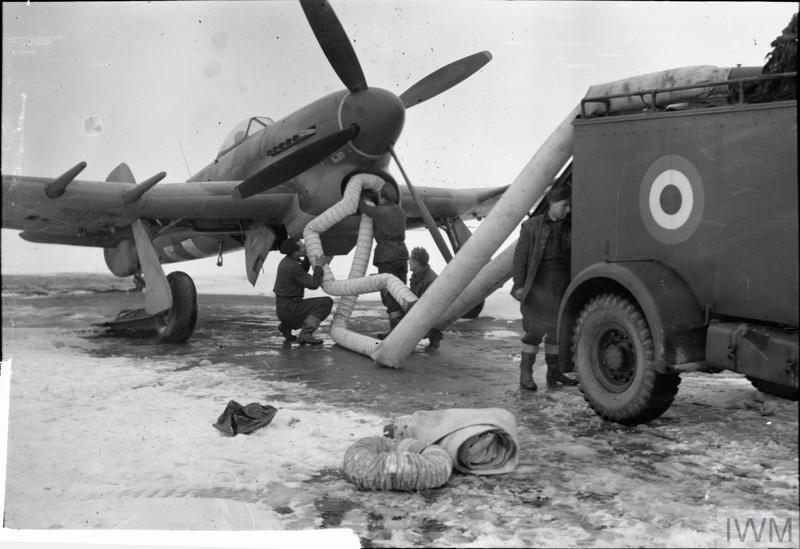That the radial was the future was acutely obvious even in 1939 when the R-2800 was producing a sturdy 2,000hp.
Was it?
British thinking was hijacked by the success of inline engines in the Schnieder Trophy races - it simply never occurred to the dunderheads at the Air Ministry that radials would and could simply overcome drag by becoming much more powerful than contemporary 'streamlined' inline engines. So all fighters were to be inline because a law.
What law was that?
And lets not forget Air Marshal Freeman, RAF head of procurement - a smart man, but fixated on inline engines and utterly hated the very idea of a radial engined fighter.
Source for Freeman hating the idea of radial-engined fighter?

 Which terrible books have you been reading?
Which terrible books have you been reading?

